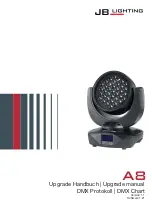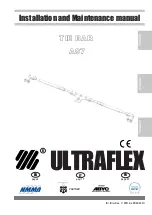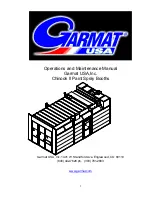
2.
For each replicate population of dilutions, select the wells in the plate layout to
view in the plot.
3.
Examine the raw data to identify the wells yielding signals according to the
ranges shown in the following table.
Plate type
Acceptable signal range
[1]
96-well
800,000 to 3,200,000
384-well
400,000 to 2,000,000
[1]
Signal range for the optical filter where the dye is brightest.
4.
Examine the raw data to identify the wells yielding signals in the acceptable
range for the optical filter where the dye is brightest.
5.
(Optional)
Export the raw data, then calculate the average fluorescence value for
each concentration.
6.
Select the lowest optimal dye concentration that falls within the acceptable
signal range.
Calibrate the custom dye
Create a custom dye calibration plate
IMPORTANT!
Wear powder-free gloves while creating the dye plate.
Create a full plate of the custom dye diluted to the optimal concentration:
1.
Dilute the custom dye to the optimal concentration in buffer.
Prepare an adequate volume, using a volume range of 10–20 µL/well for a
96
‑
well plate.
2.
Pipet the appropriate volume of the diluted custom dye to the plate wells.
3.
Seal the plate.
4.
Vortex the plate for 5 seconds, then centrifuge at 750–1,000 ×
g
for 2 minutes.
5.
Confirm that the liquid in each well is at the bottom of the well and free of
bubbles. If it is not, centrifuge the plate again.
Chapter 7
Calibrate and verify instrument performance
Calibrate custom dyes
7
QuantStudio
™
6 Pro and 7 Pro Real-Time PCR Systems User Guide
101















































